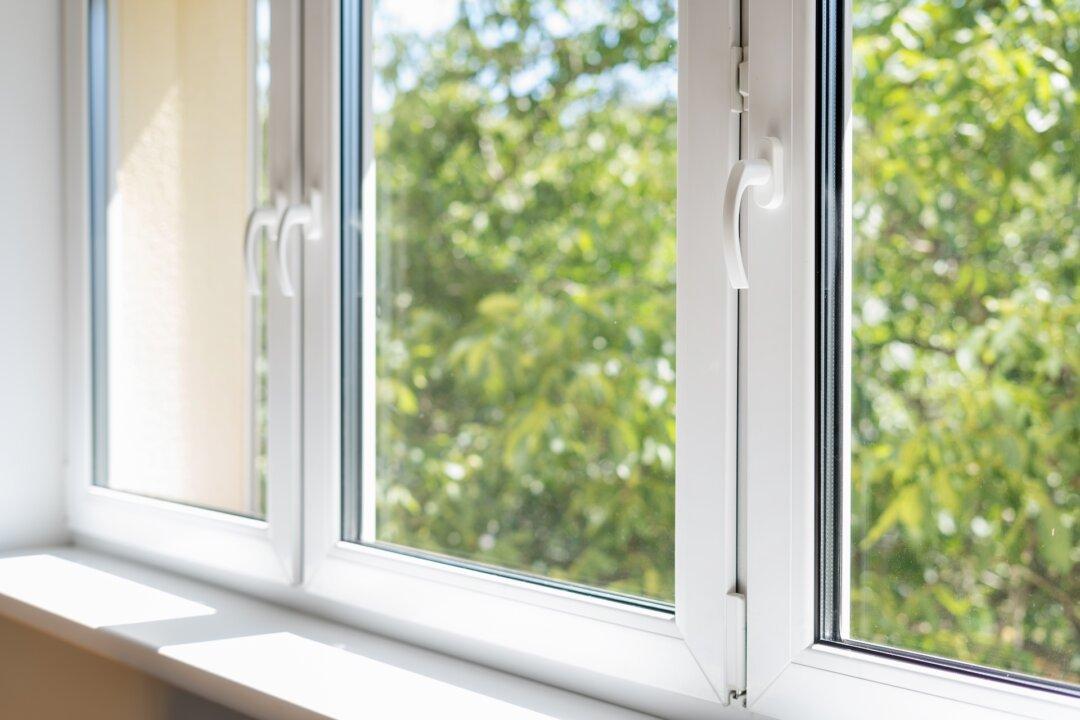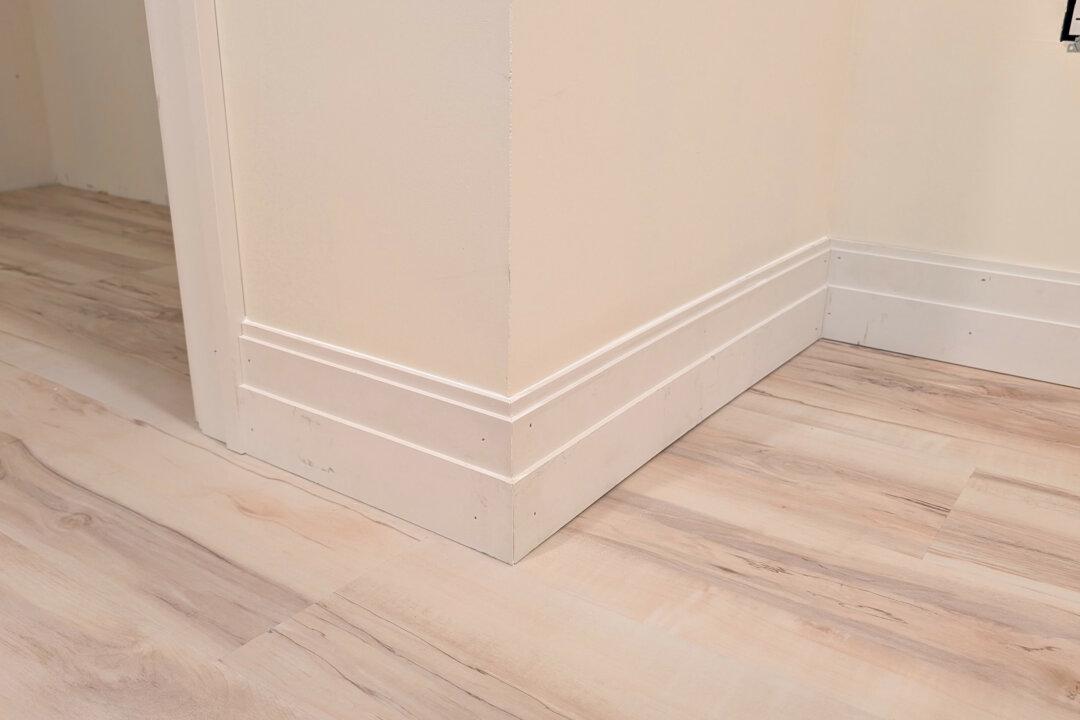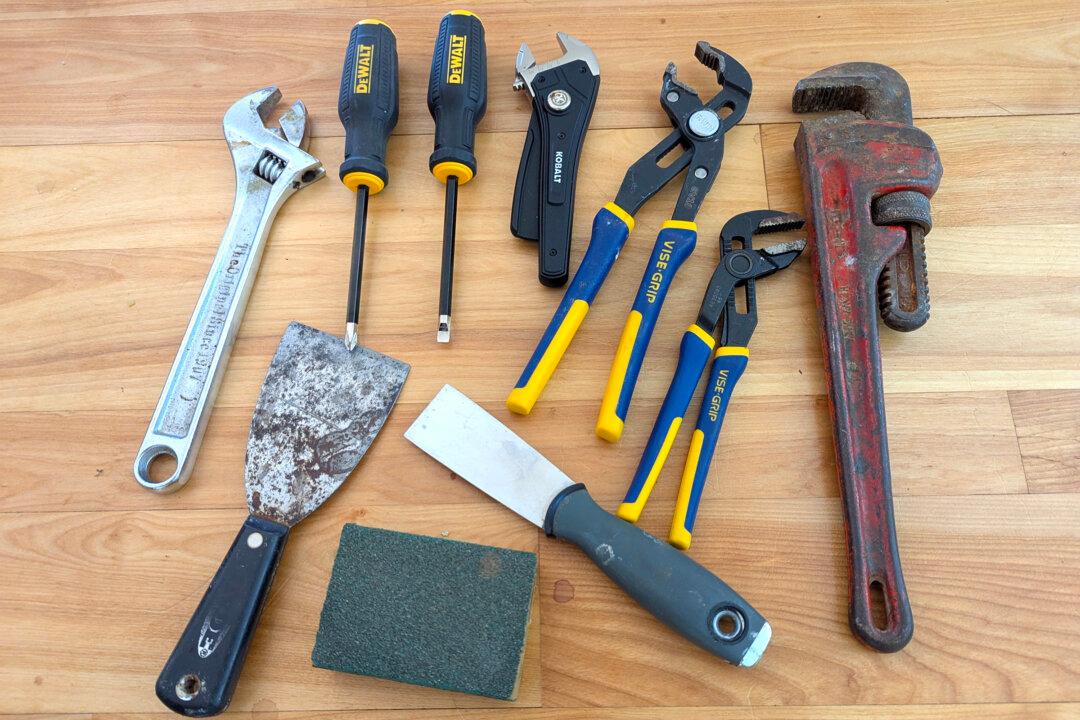You may find this hard to believe, but I didn’t build the house I currently live in.
It’s a long story, but this current house in central New Hampshire was supposed to be a transition home while I built a Queen Anne Victorian house for my family. Those plans were dashed by the horrible economic storm that affected millions in the autumn of 2008. It’s hard to believe that was 15 years ago!
The builder who constructed my home took any number of shortcuts. I realize many of these may have been directed by the owner who could have been too cheap to invest in certain things. I do know the original owner and his wife only used it during the warmer summer months. That explains why each winter when my wife and I walk on our bathroom floor, it feels like we were stepping onto the Athabasca Glacier.
New Hampshire winters can be brutal. The temperature can regularly dip to the single digits at night and never climb above 32 F for days at a time. Add to this a master bathroom that’s on the north end of the house with quite a few windows, and you have all the ingredients to create an extreme arctic-weather training simulator.
Several years ago, I remodeled a basement bathroom, part of which was under the master bathroom. Fortunately, the walk-out basement of my home has very high ceilings. I took advantage of this and created a lower ceiling over the basement shower and an adjacent closet. I now had easy access to the floor under the main part of the master bathroom.
My house has radiant hot-water heat, and the current master bathroom only had two smaller wall-mounted radiators. These were not sized correctly, and the bathroom would be icy cold on bitter days and nights. It would have taken the builder just three extra hours to install aluminum heat transfer plates under the wood subfloor in the bathroom. PEX radiant heating tubing could have been snapped into the transfer plates in less than 30 minutes. It’s not like radiant floor heating is a radically new concept. The Romans developed the hypocaust method of heating floors and walls thousands of years ago.
I ended up adding the heat transfer plates, but it was a more involved project lying on my back in a cramped space above the basement bathroom. All the while, I was mumbling about the lack of foresight of the original homeowner. Anyone who’s walked on a tile bathroom floor, even in a warmer climate, can tell you they’re always cold to the touch.
Once I completed the job, the floor was instantly warm.
You can create your own warm bathroom floor using hot water from a small water heater. You don’t need a big boiler as I have that heats my entire home. A simple pump that’s connected to a thermostat sends hot water flowing through the tubing. You can even set up the pump to turn on and off with a timer or smart thermostat. This way you keep energy usage to a minimum.
You can also create a heated bathroom floor using a thin fiberglass mat that contains heating coils powered by electricity. These mats can be custom-made to fit your exact bathroom size. They can be made to only heat those portions of the floor you walk on, saving you as much energy as possible.





